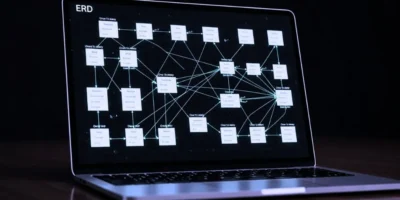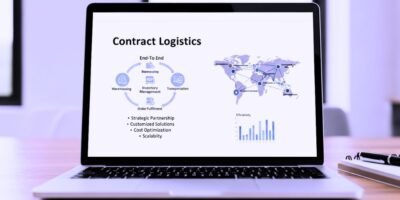Data visualization tools have become a cornerstone of business analytics, praised for their ability to transform raw data into visual formats that are easy to interpret. However, some argue these tools are overemphasized, potentially overshadowing deeper analytical methods. This opinion explores whether data visualization tools are indispensable or their importance is overstated in business analytics, using scientific data to provide insights.
The Value of Data Visualization Tools
Data visualization tools like Tableau and Power BI have revolutionized how businesses process and interpret data. These tools enable stakeholders to grasp complex datasets quickly, making them vital for decision-making. A 2022 study by McKinsey found that organizations leveraging data visualization in analytics reported a 24% improvement in decision-making efficiency. Clear visuals can highlight trends and anomalies, enabling quicker action than traditional reports.
Limitations of Data Visualization Tools
While powerful, data visualization tools are not without limitations. They are only as good as the data and models they represent. A 2023 MIT report emphasized that visuals can be misleading if datasets are incomplete or improperly processed. Additionally, reliance on visuals may lead decision-makers to oversimplify complex problems, ignoring analytical rigor. For example, a visually compelling chart might mask errors in data collection or statistical analysis.
The Role of Advanced Analytics
Data visualization tools often complement, rather than replace, advanced analytics techniques. Predictive analytics, machine learning, and statistical models delve deeper into causation and future trends, providing insights that visual tools alone cannot. A 2021 Gartner survey revealed that most businesses find greater ROI when integrating data visualization with advanced analytics. This suggests that visualization is just one piece of a broader analytics strategy.
Are They Overrated?
The perception that data visualization tools are overrated stems from an overreliance on their aesthetic appeal. While they simplify data interpretation, they are not a substitute for robust data analysis. Businesses that rely solely on visualization without deeper analytical processes increase the risk of misinformed decisions. However, these tools are invaluable as part of a comprehensive analytics framework.
Conclusion
Data visualization tools are not overrated; they are misunderstood when seen as standalone solutions. Their strength lies in enhancing communication and decision-making, but they should always be paired with rigorous analytical methods. Businesses must strike a balance, ensuring that visualization is a bridge between raw data and actionable insights rather than an endpoint.













